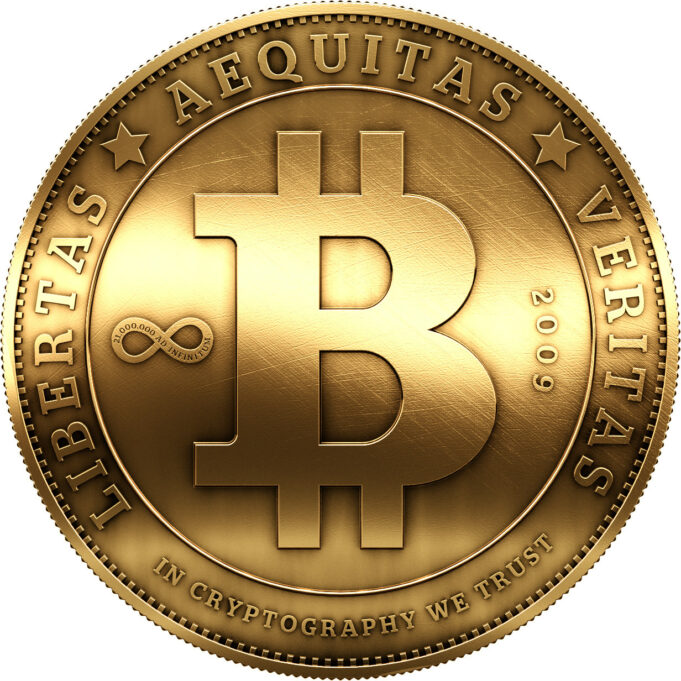Bitcoin mining is a lucrative business that has caught the attention of many individuals and companies worldwide. It involves using special hardware to solve complex mathematical problems and earn rewards in the form of bitcoins. However, the process of setting up a bitcoin mining operation can be challenging, especially in countries with limited resources and infrastructure, such as Venezuela. In this article, we will explore the steps involved in setting up bitcoin mining in Venezuela and the challenges that miners may face.
Step 1: Understand the Legal Framework
Before setting up a bitcoin mining operation in Venezuela, it is essential to understand the legal framework surrounding cryptocurrencies. The Venezuelan government has been supportive of blockchain technology and has launched its cryptocurrency, the Petro. However, the use of cryptocurrencies is still not fully regulated, and there are concerns about the legality of bitcoin mining.
In 2017, the Venezuelan government declared bitcoin mining illegal, citing concerns about electricity theft and tax evasion. However, in 2019, the government legalized cryptocurrency mining but introduced strict regulations. To operate a bitcoin mining farm in Venezuela, miners must obtain a license from the National Superintendence of Crypto Assets and Related Activities (SUNACRIP) and comply with electricity consumption limits.
Step 2: Choose the Right Hardware
The success of a bitcoin mining operation depends on the choice of hardware. Miners need specialized equipment that can solve complex mathematical algorithms quickly and efficiently. The most popular bitcoin mining hardware is the Application-Specific Integrated Circuit (ASIC) miner. ASIC miners are designed specifically for bitcoin mining and are more efficient than traditional graphics processing units (GPUs) or central processing units (CPUs).
However, ASIC miners are expensive, and their prices can fluctuate depending on market demand. Moreover, shipping and import costs can be significant, especially in countries like Venezuela, where the import of goods is heavily regulated. Miners may have to explore alternative options, such as buying used or refurbished ASIC miners or building their own hardware using open-source designs.
Step 3: Choose the Right Location
The location of the bitcoin mining farm is critical to its success. Miners need a location with a stable power supply, good internet connectivity, and favorable weather conditions. In Venezuela, electricity is cheap but unreliable, with frequent blackouts and voltage fluctuations. Miners may need to invest in backup generators or battery systems to ensure uninterrupted power supply.
Moreover, the high humidity and heat in Venezuela can cause hardware damage and reduce the lifespan of mining equipment. Miners may need to invest in additional cooling systems, such as air conditioners or fans, to maintain optimal temperatures. Finally, miners need to ensure that the location is secure and protected from theft or damage.
Step 4: Join a Mining Pool
Bitcoin mining is a competitive business, and solo mining may not be profitable. Miners can join mining pools, where they combine their computing power to increase their chances of solving a block and earning rewards. Mining pools charge a fee for their services, but they can provide a more stable income stream than solo mining.
There are several mining pools available, and miners should choose one based on their reputation, fees, payout methods, and other factors. Some popular mining pools include F2Pool, AntPool, Slush Pool, and BTC.com.
Step 5: Monitor and Optimize Performance
Bitcoin mining is not a set-and-forget business. Miners need to monitor their equipment’s performance regularly, check for hardware errors, and optimize their settings to maximize their efficiency. They may need to adjust their power consumption, cooling, or mining software to improve their mining output.
Moreover, the bitcoin mining industry is constantly evolving, and miners need to stay updated on the latest developments and trends. They need to be aware of changes in the bitcoin network’s difficulty, the price of bitcoin, and the availability of new mining hardware.
Challenges of Bitcoin Mining in Venezuela
Setting up a bitcoin mining operation in Venezuela can be challenging due to the country’s political and economic instability. The country is facing a severe economic crisis, with hyperinflation, shortages of basic goods, and a deteriorating infrastructure. The government’s strict regulations on cryptocurrency mining and import controls can also make it difficult for miners to obtain licenses and import hardware.
Moreover, the electricity supply in Venezuela is unreliable, and miners may face frequent blackouts and voltage fluctuations. The high humidity and heat can also cause hardware damage and reduce the lifespan of mining equipment. Finally, the country’s internet connectivity is not always reliable, which can affect the mining pool’s performance.
Conclusion
Bitcoin mining can be a profitable business, but it requires careful planning, investment, and management. Setting up a bitcoin mining operation in Venezuela can be challenging due to the country’s political and economic instability, strict regulations, and unreliable infrastructure. However, with the right equipment, location, and management, miners can overcome these challenges and tap into the country’s low-cost electricity supply. It is essential to stay updated on the latest developments and trends in the bitcoin mining industry and adapt to changing market conditions.

























